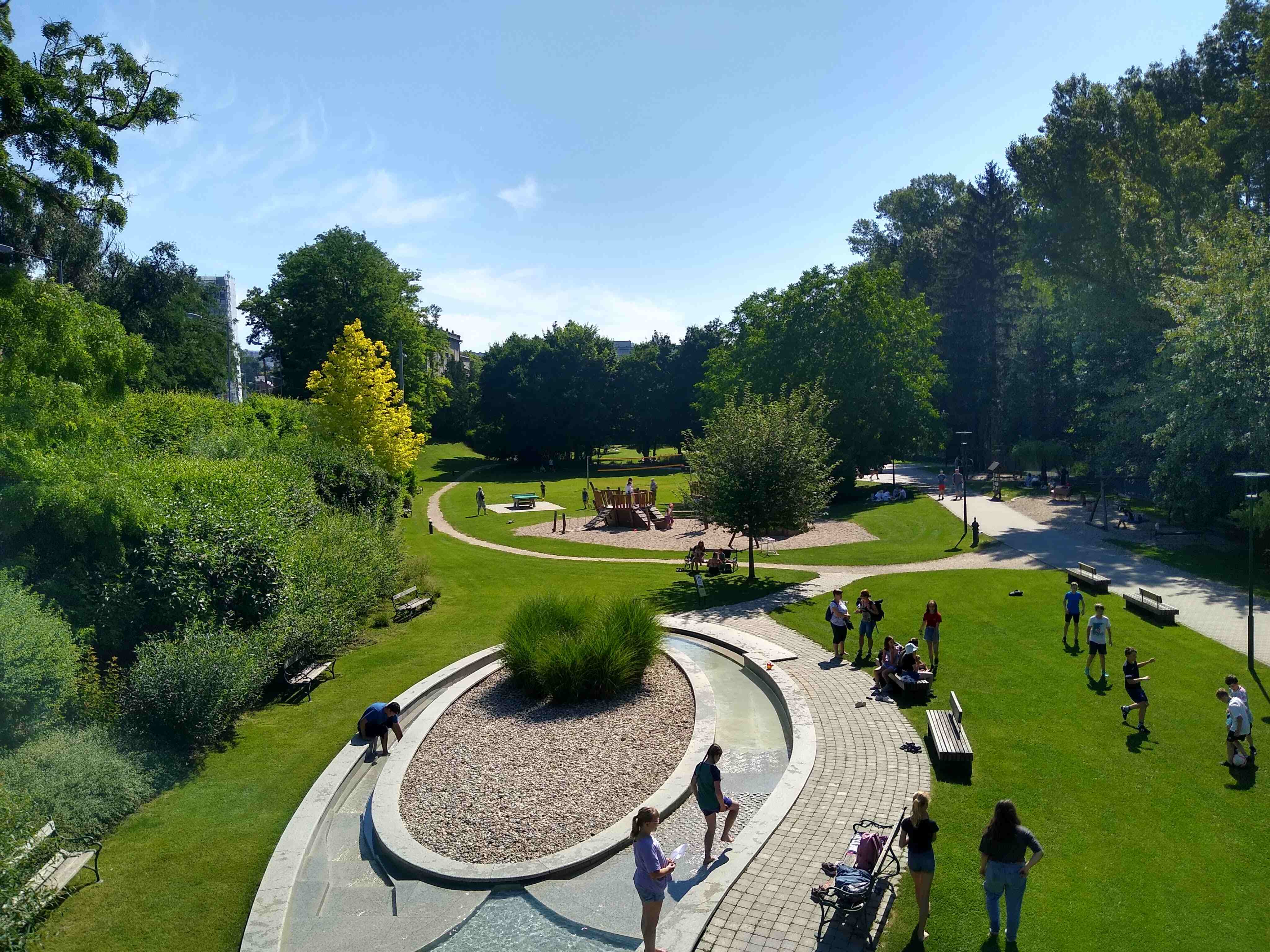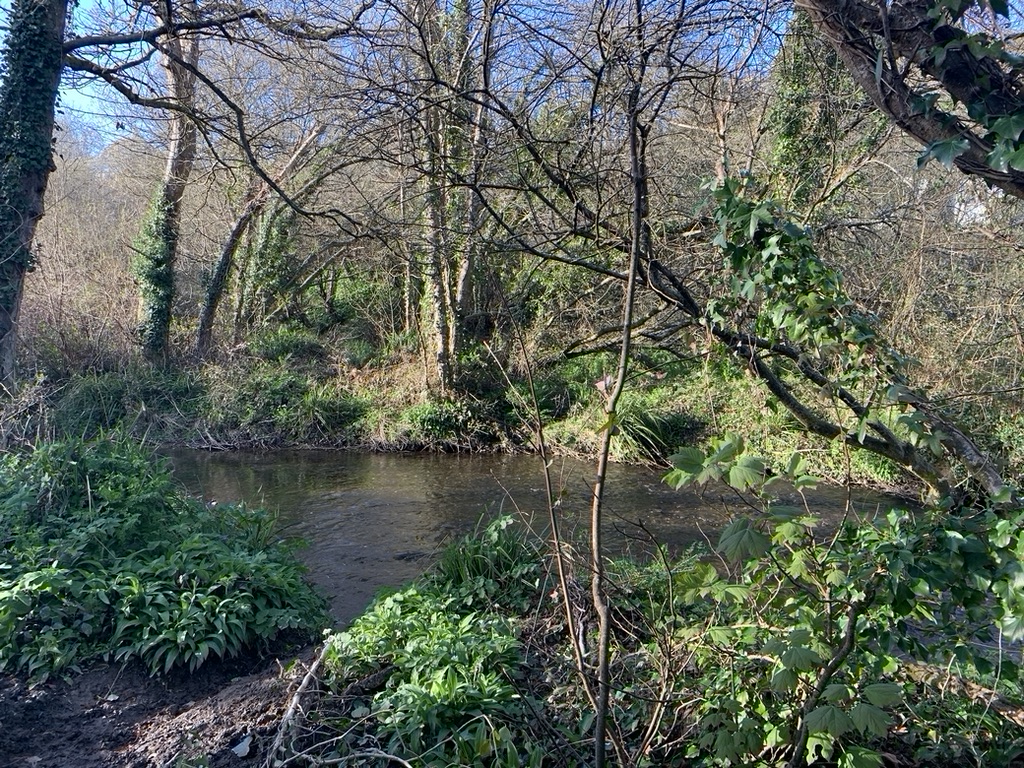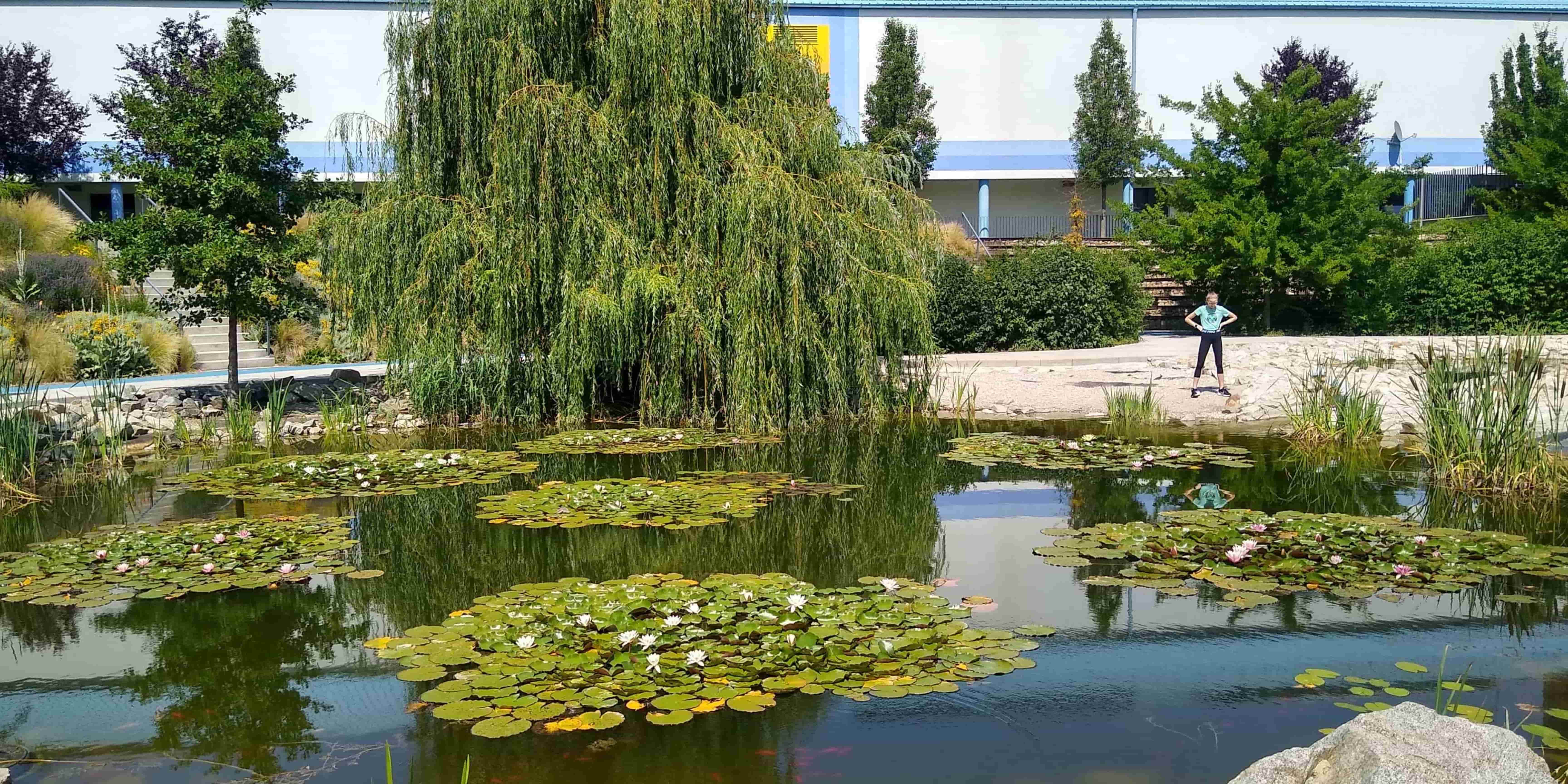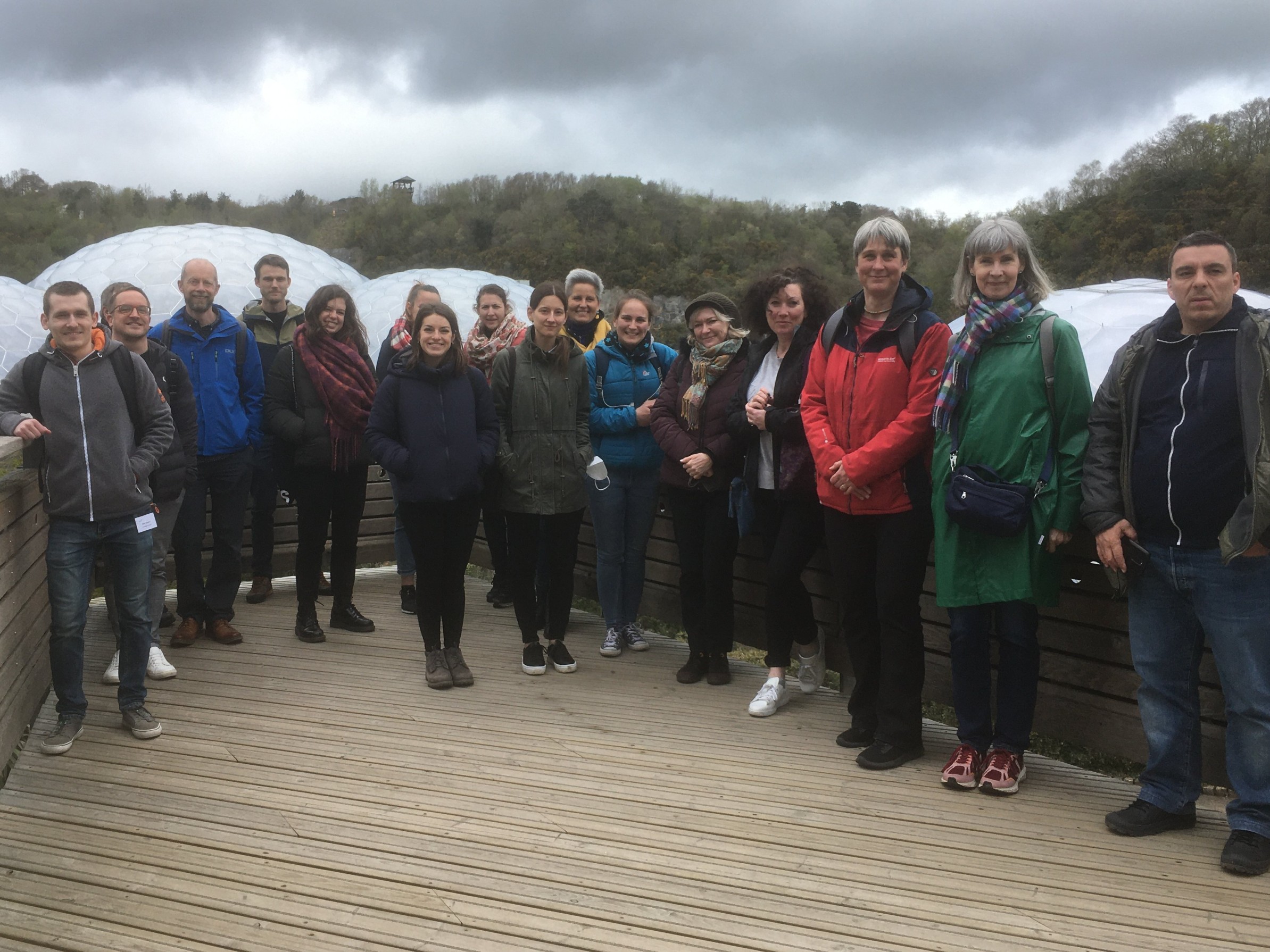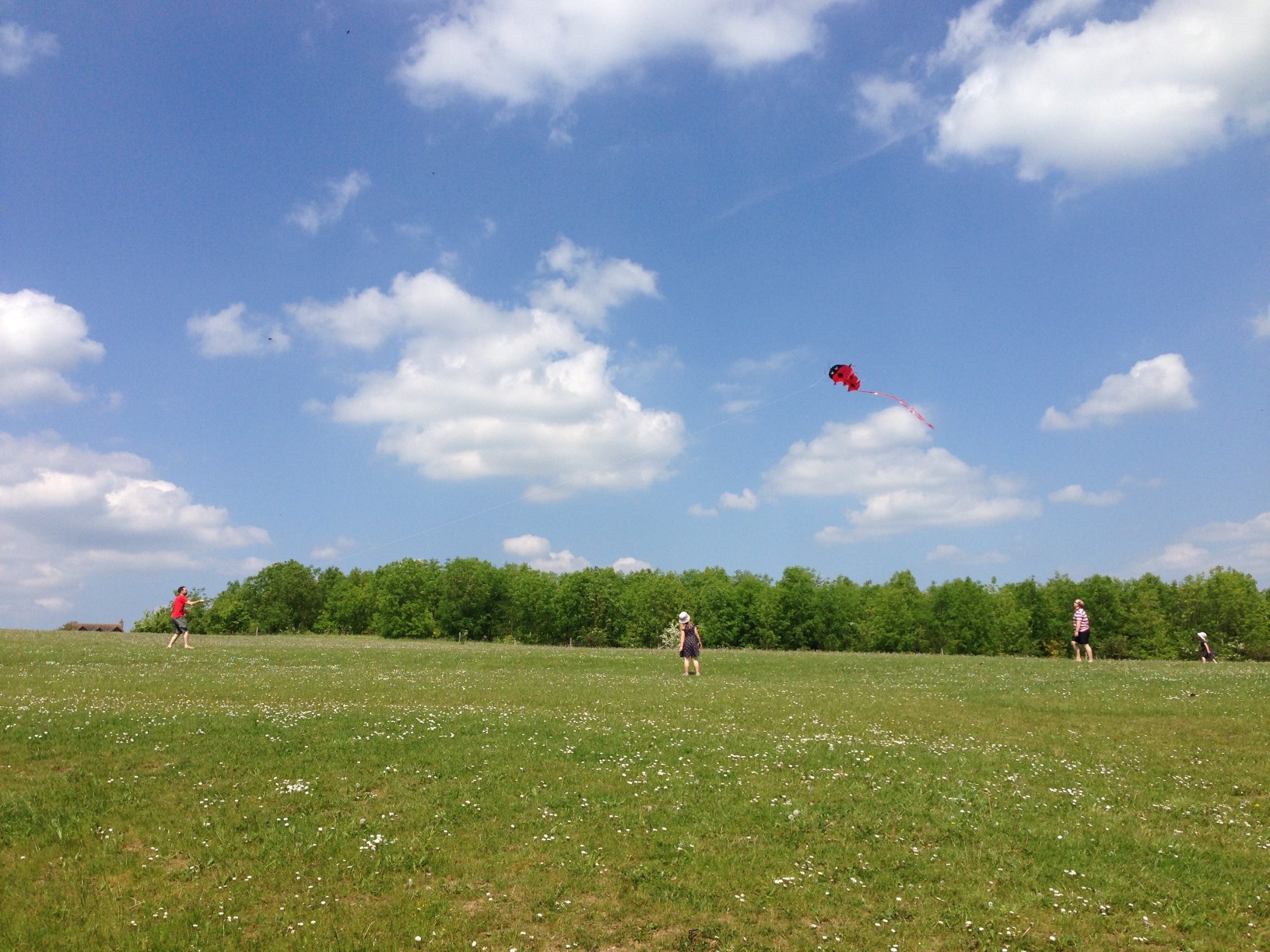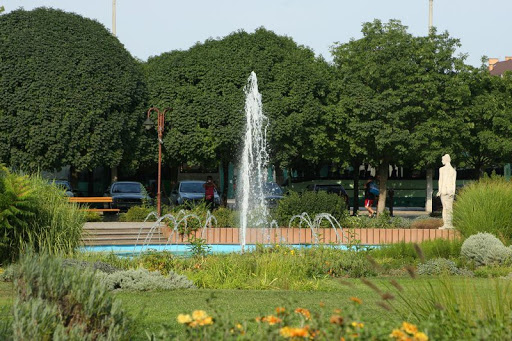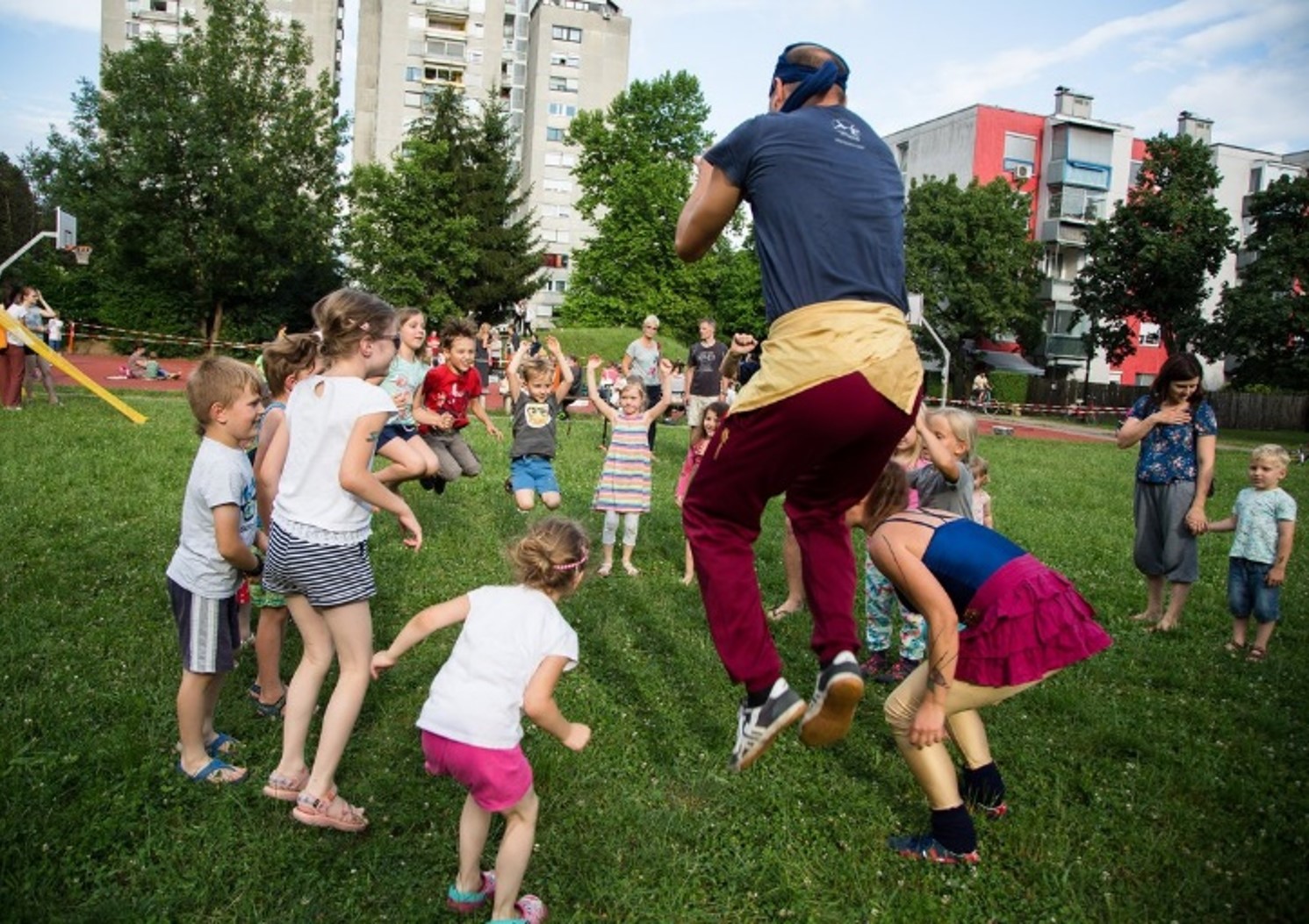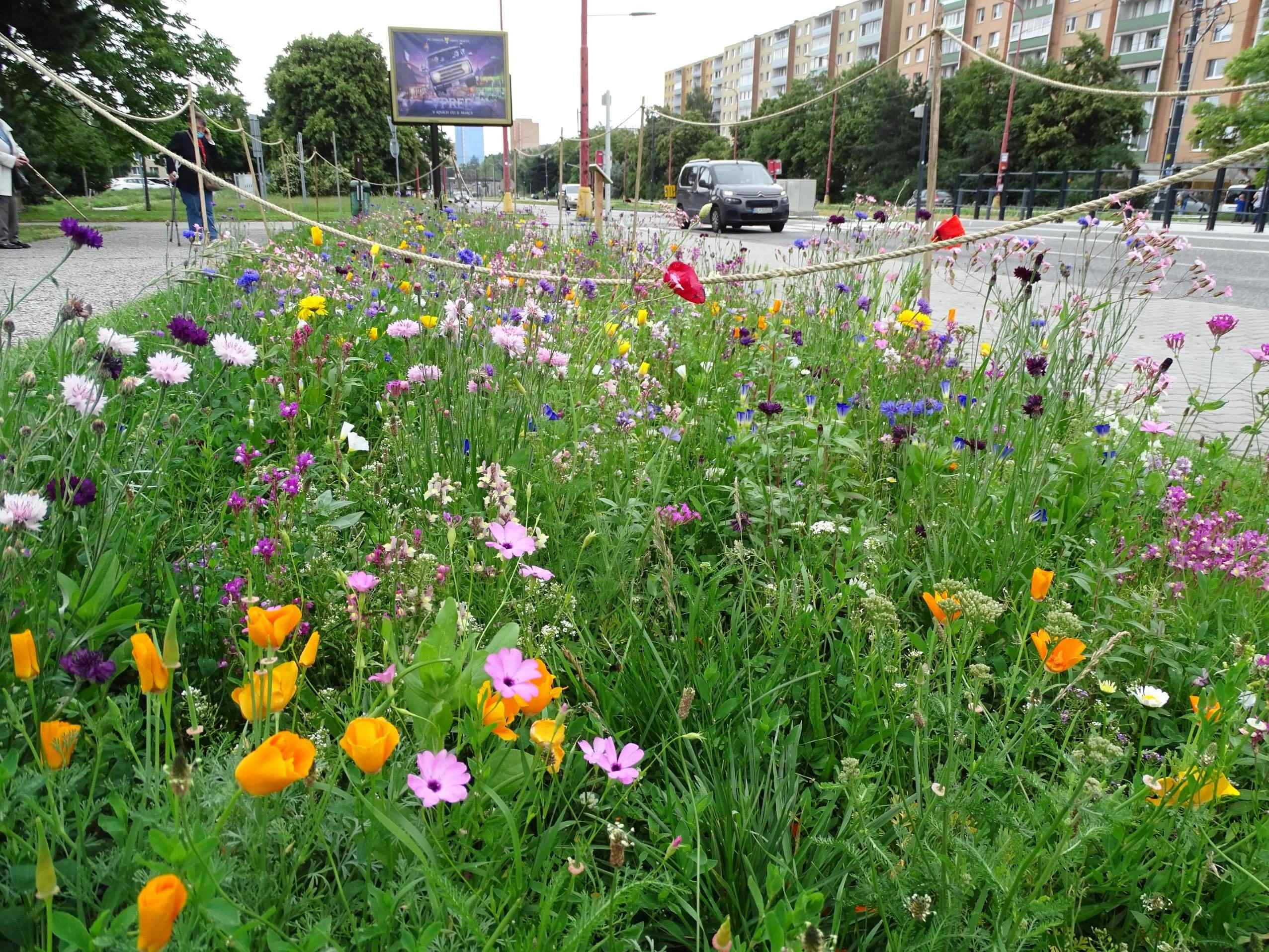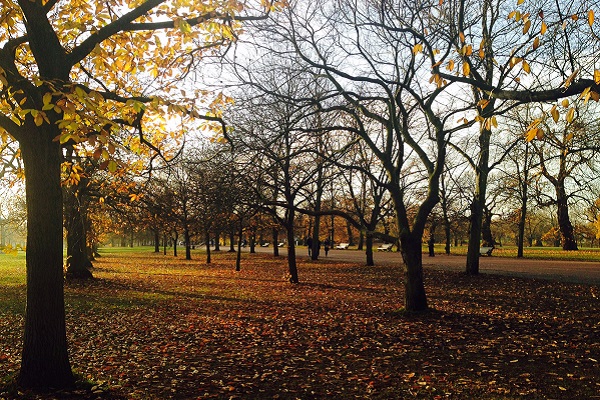At the City of Amsterdam PERFECT stakeholder meeting, attendees discussed the wishes and needs for local green infrastructure in low income neighbourhoods. 
There is accumulating evidence showing that health benefits linked with access to green space may be strongest among the lowest socioeconomic groups. However, in Amsterdam, residents with a low socioeconomic status use and appreciate the green infrastructure less than residents with a higher socioeconomic status. This is unfortunate since this is the group of residents who have poorest health and may benefit the most. The big question is why do these people use the green infrastructure to a lesser extent?
In an exciting PERFECT stakeholder meeting we discussed the results of a study that addressed wishes and needs of local residents for local green infrastructure. The meeting was well attended. There were representatives of the City of Amsterdam, social housing companies, a university of applied sciences, a high school and local residents. Furthermore, the Structural Funds (EFRO) programme manager actively participated in the discussion. 
For the study, a low and high income neighbourhood in Amsterdam were compared to each other. 100 residents from each neighbourhood completed a questionnaire on green infrastructure. Results showed that residents from the low income neighbourhood visit green spaces to a lesser extent and also that they are less happy with the existing greenery. When asked about what features of green space were most important to them, ‘safety’ was scored highest followed by cleanliness. For residents from high income neighbourhoods the size of the green space was most important, followed by aesthetics and cleanliness.
Besides features of urban green space, residents were asked about the kind of activities in urban green space were important to them. Rest and relaxation was the most important activity for people from the low income neighbourhood. Other important activities reported by resident from both neighbourhoods were enjoying nature and sitting and lying down in the urban greenery.
The general and shared conclusion of the stakeholder meeting was that it is important to carefully listen to wishes and needs of local residents. And that the urban green infrastructure should facilitate activities such as rest and relaxation which may be specifically important for mental health.
The City of Amsterdam is looking to improve the connection that people from low-income neighbourhoods have to their green spaces as part of their role in PERFECT. Their Action Plan will be seeking to increase investment in green infrastructure by raising awareness of its multiple benefits for the economy, health, recreation and climate change.


